Provenance Ex collection Bernt Muhlack Kiel Germany
The Biga is treated like a child doll by little girls. These figurines reproduce a woman on a small scale, in the guise of a young girl through the hair and abdominal scarifications, but also a wife and a nursing mother through the representation of the breasts which are never straight but rather hanging. These figures are therefore as much a representation of the child as of the woman to come. Although the biiga are women, the children give them a boy's or girl's name, dress them, wash them, feed them, carry them on their backs, make them jump on their legs... like a real baby. Sometimes offered by one of the parents, the biiga, then carefully preserved, is taken by the young bride to her husband because it is considered a stimulant for pregnancy. If pregnancy does not occur, the sterile wife will acquire another as a support for fertilizing forces. According to Suzanne Lallemand, the biiga – as the baby's double protector – receives first aid: once the umbilical cord has been cut, the newborn's toilet comes after that of the wooden child, as well as the butter massage. shea. The figurine is then laid down near the mother before her infant is placed there. As for the first drop of mother's milk, it is reserved for the statuette before the child suckles its mother. Later the statuette will be carried one last time on the back. According to "Biga, Mossi fertility dolls", work published on the occasion of the exhibition at the Galerie Flak -Paris- in December 2007. Breastfeeding in the life cycle of women in Mossì country, Bernard Taverne "When in adolescence the breasts (biisa) of a young girl begin to develop, her close relatives amuse themselves by noticing, in the form of a kind mockery, that they resemble earthen peas (suma) , and that she will soon be old enough to join “her husbands”. Among themselves, the young girls compare the size of their budding breasts and sometimes play at measuring their breasts with the fruits of balemsaogo4 or wobenyaoodo5 which are shaped like long beans. If a girl wishes to have “long” breasts, she must break the bean to the desired length and throw it on the floor; conversely, those who want a small breast must hit it with the bean before throwing it away. As soon as they move in, the first concern of the couple, or at least that of the man, is to obtain a pregnancy on as quickly as possible. “She has changed”: it is with this euphemism that the entourage of the young woman will express the observation of her pregnancy. Once the pregnancy has been recognized and announced to all the members of the house, the first advice given to the young woman is “to do the rungri”, that is to say “to tie the breasts”: “ As soon as you are pregnant, the old women do the rungri to you, you will tie it up so that the breasts come down,” said a young woman. The woman must securely tie a loincloth on her chest and keep it crushed throughout the pregnancy in order to stretch the breasts downwards. The goal is “to arrange the breasts so that the child can suckle”. It is necessary to “break the biis-kida” (pieces of breast; kida: pieces, balls, clots or lumps), so that “the breasts fall like “bags” (kodro)”; “by tying, the pieces of the breast are crushed day by day and the flesh (nemse) inside leaves space for the milk, so that it can gather”. The various explanations put forward to justify this practice all relate to representations that concern both milk production and breastfeeding postures. On the one hand, the rungri would favor the production of milk by allowing its adequate circulation which would be hampered by the "pieces of breast" which would partition it and constitute obstacles to an easy flow On the other hand, the rungri makes it possible to give a new breast morphology that is considered necessary for breastfeeding: the breasts of a breastfeeding woman should be droopy and "long", "so that the child can be fed even when lying on the mother's legs when 'she is sitting] ". When the rungri is not performed, “the breasts remain high, like those of a girl, and to give the milk to the child you will have to lift its head”. This inconvenience is described as a somewhat ridiculous, even comical situation. This rapid ethnographic incursion shows that despite appearances, breastfeeding is not a simple gesture, even if it is ''natural''. The extreme importance given to this female physiological aptitude is manifested through the many rules and recommendations that are applied to women, from an early age. »























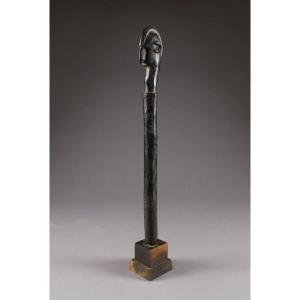
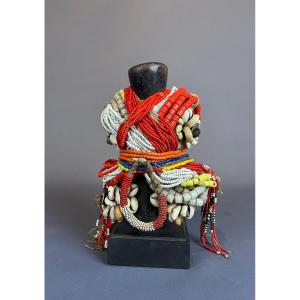
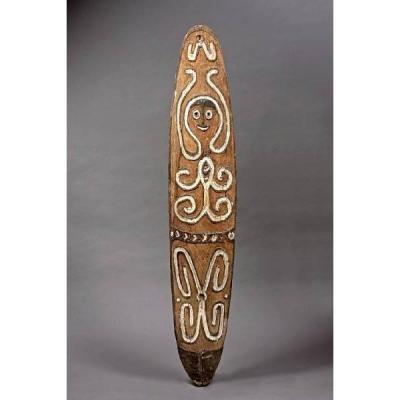





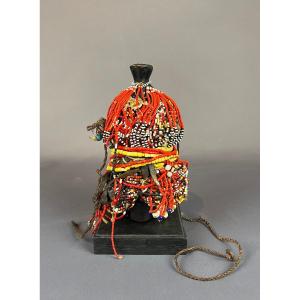
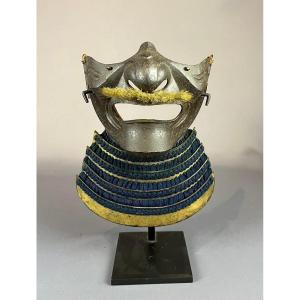


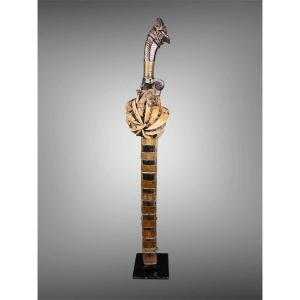
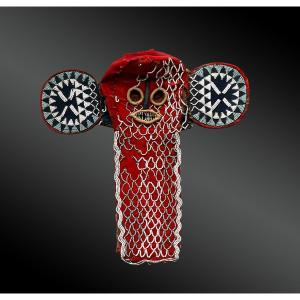



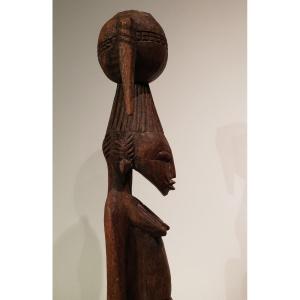



 Le Magazine de PROANTIC
Le Magazine de PROANTIC TRÉSORS Magazine
TRÉSORS Magazine Rivista Artiquariato
Rivista Artiquariato